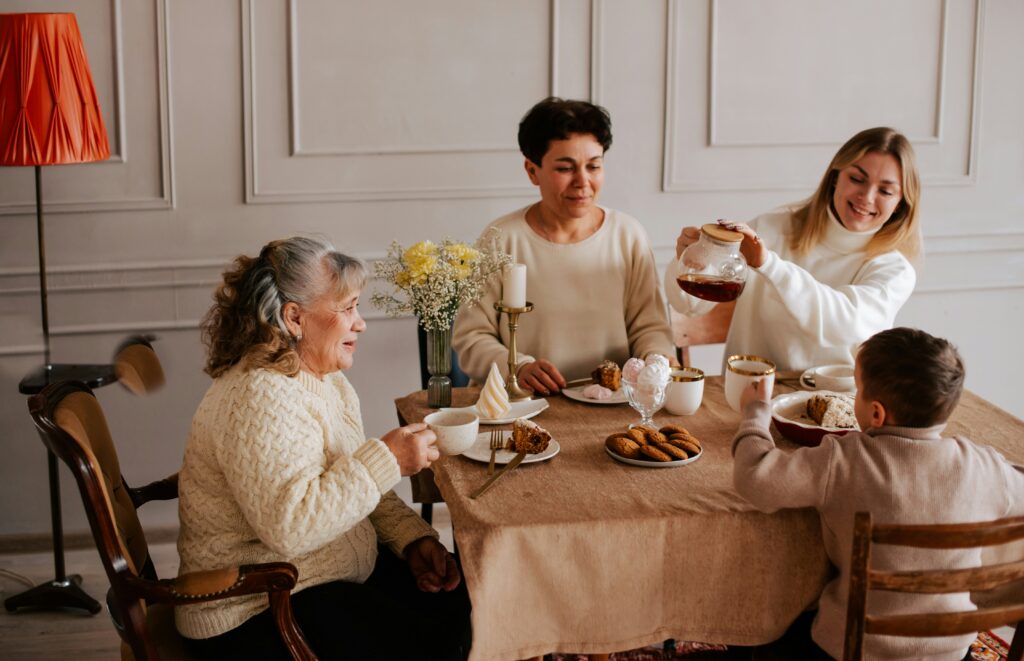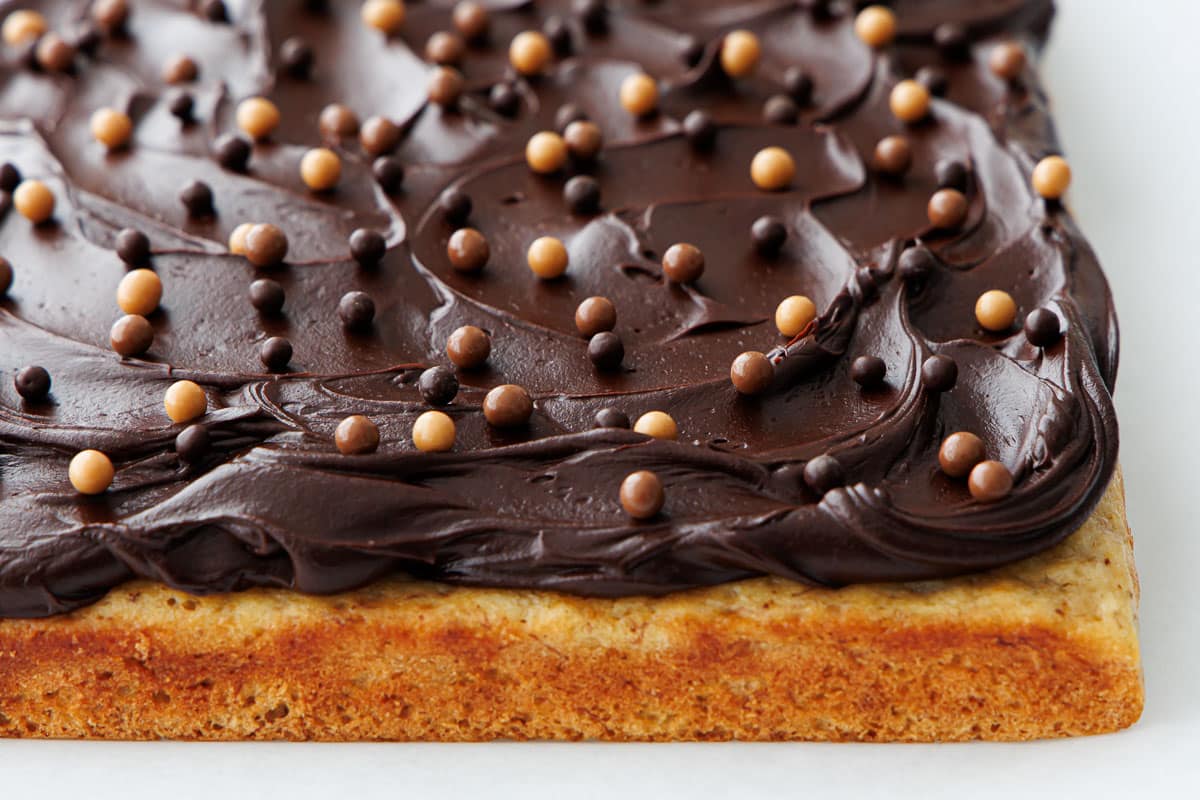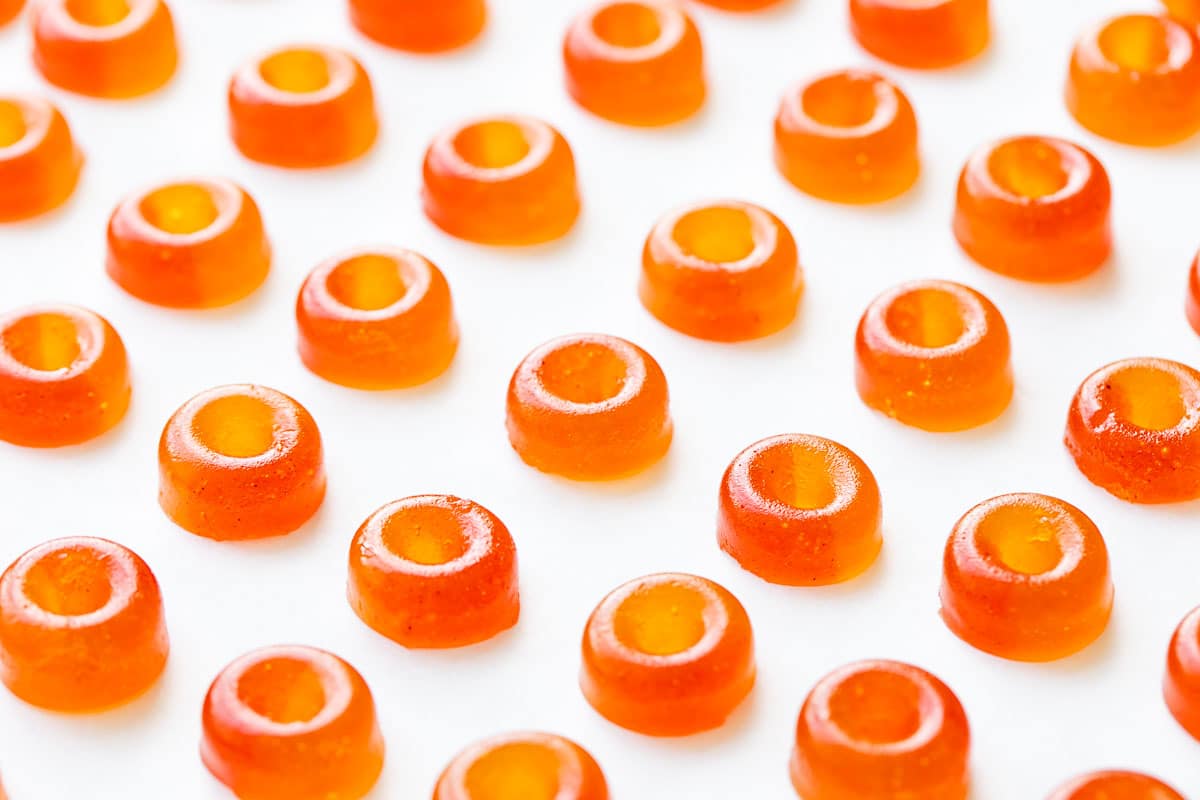The Sense in Sense and Sensibility
I have always been drawn to period films and dramas – namely, ones that represent the Jane Austen era. At first, I wasn’t sure what the attraction was – perhaps seeing a different way of life, a fascination with...


I have always been drawn to period films and dramas – namely, ones that represent the Jane Austen era.
At first, I wasn’t sure what the attraction was – perhaps seeing a different way of life, a fascination with the clothes (my kids call them costumes) or gaining some historical knowledge. But recently, as I rewatched Sense and Sensibility for about the tenth time, it dawned on me: simpler times.
Yes, I am well aware that living in the 1800s had its drawbacks and challenges. Personally, I really appreciate some of the conveniences of modern-day life such as plumbing, electricity and access to dental care. The internet can sometimes be helpful. I practically worship my frontload washer and dryer and shake my head in utter fascination how laundry was once stirred in large basins filled with boiling water and lye soap.
But as I watched this film with my best friend one Friday evening after a demanding week of scheduling appointments, ferrying kids to activities, troubleshooting apps and online accounts (and cataloguing what seems like hundreds of complex MI5 level passwords), sifting through emails, telling the AI robot who calls my house daily “I don’t need my air ducts cleaned” – not to mention trying to get my own work done, the family fed and maintaining some level of hygiene – I was in awe during the scene where the Dashwood sisters were enjoying a leisurely outdoor picnic, seemingly unbound by time. There they were, sitting in the meadow on blankets, eating a simple meal of bread and cheese and sliced apples (no ultra processed food here) out of wicker baskets (no plastic here) with curls peeking out of sunhats adorned with ribbons and flowers. They are not wealthy aristocrats but they look put together, respectable, like they…made an effort. One of them appears to be sewing. “Oh my gosh,” I said to my friend – an equally exhausted mom who hardly ever changed out of her sweats – “they had time…to sew.”
It was a profound moment of realization: they were the embodiment of mindfulness and minimalism a hundred and fifty years before these words became mainstream meditation and self-help practices for a frenetic, mega-watt, overstimulated modern world gone mad. They were in the moment. They did not have their noses pressed into a device, taking selfies of their sliced apples to post on socials. They weren’t navigating algorithms which track their digital footprint only to bombard them with personalized
pop-up ads, seducing them to buy things they don’t need (and can’t afford). They weren’t inundated with nonstop information about every dark corner of the world the minute they turned on a media outlet. Back then, bad news was fairly selective and took a few days to get around, usually handwritten by the sender and delivered on a horse. Their brains were not super-charged by all the noise, chaos, information (and misinformation) that is now served up on a global scale.
As I continued to watch more period pieces – recently, Downton Abbey (yes, I know, I’m catching up a decade later) it was the seemingly simple things that most caught my attention: ritualistic mealtimes, fountain pens, candlelight, rich conversations, manners and decorum, wholesome food, an appreciation of nature. I wondered, even with our digitally-demanding fast-forward lives, could I get a bit more “sense” in my Downton Abbey?
It seems like an ambitious list – and it is (I doubt I’ll ever see my children communicate in cursive or stop poking each other at the table) so for the sake of ease and length of this article, let’s focus on one for now: mealtimes. Let’s see if we can morph a little of back then into now in a realistic way – and make it. Now and Then.
Making Mealtimes Count
Undoubtedly, mealtimes have brought people together for centuries. However, one thing I noticed about back then: mealtimes were more than just bodies in chairs and mouths chewing. It was a time and place where people were truly connecting and engaging with each other. They ate slowly and savored their food (usually locally grown, homecooked) with portion sizes that satisfied their appetites (no Supersized fries and 12oz sodas). They had conversations – even if there were criticisms or debates, there was an undivided focus to the topic, a level of congeniality in disagreements. Youths had the patience and attention span to sit at a table without being “entertained” by a device.
Now: even though I am nearly obsessed with eating organic and avoiding fast food (just ask my kids how much), I am ashamed to admit how often our schedules prevent us from dining together as an entire family, how often I am taking bites of food leaning over the counter as I multitask, how meal preparation is sometimes viewed as a stressful and hurried “chore”. How often I am throwing questionably clean dishes on the table or ripping off a piece of half-soiled paper towel to act as the kids’ napkins. The seat crevices of my middle-aged Mom Van hold the evidence of snacks eaten on the run. My dining room table is often strewn with non-culinary related clutter: homework and unfolded laundry, bills and backpacks.
I know that setting aside three hours an evening for dinner is impractical for even the most uber-organized parent. Here are some changes I have tried to incorporate:
Carve out a night
As with most families, our schedules are unpredictable and fluid. Once a free Tuesday evening suddenly turns into a swim lesson, a school council meeting or my husband packing for a business trip. We selected Sunday as our uncompromised family mealtime, a night that made sense for us, a night we didn’t have some competing activities or deadlines. For some, that might also be Sunday night; for others it might be during the week (I have one friend with four kids who has established a Friday night
Pizza / Movie night where each family member rotates their choice of toppings and titles).
Include kids in meal prep
Hooray, my children are now at an age where they can actually help at mealtimes. In fact, they get excited about chopping (supervised) and stirring sauces (sometimes supervised). They are interested in learning about ingredients and spices and tasting new dishes. They see how meal preparation can be fun, pleasurable and educational. They have expanded their palettes and become more tolerant to “exotic” recipes. Most importantly, they experience firsthand the time and effort it takes to create a meal from scratch.
Create an ambiance
I’m not pulling out any Rosenthal China here but I am assembling a table that looks somewhat inviting: matching placemats, our nice pepper mill, a full water jug that is placed within reach to avoid numerous refills to the dispenser. Sometimes I throw in a few sliced cucumbers and lemons to make the water look spa-like (sigh), a candle is lit and we are good to go. It takes an additional 5 – 8 minutes to create this vibe and I have found it considerably changes the energy in our house.
Turn of all devices / distractions
This is the most difficult yet non-negotiable rule we have established. Technology does not have a seat at the table – in fact, all phones / iPads / laptops are not even within earshot / eyesight. No distracting chimes and notifications, no vibrations. This also applies to other potential diversions including toys, homework, stuffies. And no inhaling food to quickly rush back to their DOC (Device of Choice). Everyone respects each other’s pace and the dinner is officially over when all members are finished eating.
Schedule an after-dinner walk / activity
This one can be tricky as it is sometimes weather-related (and energy-related) but the post dinner walk solidifies the “family time”, aids in digestion and prolongs the return to the DOC’s. At first it was met with some resistance but the kids now not only expect the walk, but look forward to it. All we need now is the dog (working on it – if only we could all agree on size and breed) to further motivate this habit. If the walk doesn’t work, some good old fashioned board games are also fun. I recently came across a vintage set of Checkers that is going to be part of their Christmas gift (can’t wait to see the expression on my son’s face when he realizes this is replacing the Xbox on his wishlist).
Maybe you are doing this already – or possibly banging this routine out several times a week. If you are doing this (minus the Downton Abbey staff), you are a super human parent. Please write an article and share your secret. For the rest of you, maybe this just gives you a little reassurance that you are not alone. That despite your best intentions and efforts, life gets hectic with tons of competing priorities and we feel like hamsters on the wheel, perpetually caught up in a super-accelerated Groundhog Day.
Set the table. Then take a deep breath, sip your chamomile tea and go watch an episode of Bridgerton.
***
About the Author: Meagan Pilo is a Canadian-based writer, HR practitioner and educator who is passionate about being mindful and minimal, and appreciating the simple things in life in a world of increasingly displaced values. As a busy mother of two she loves to escape with nature and a good book.

 JimMin
JimMin 
































